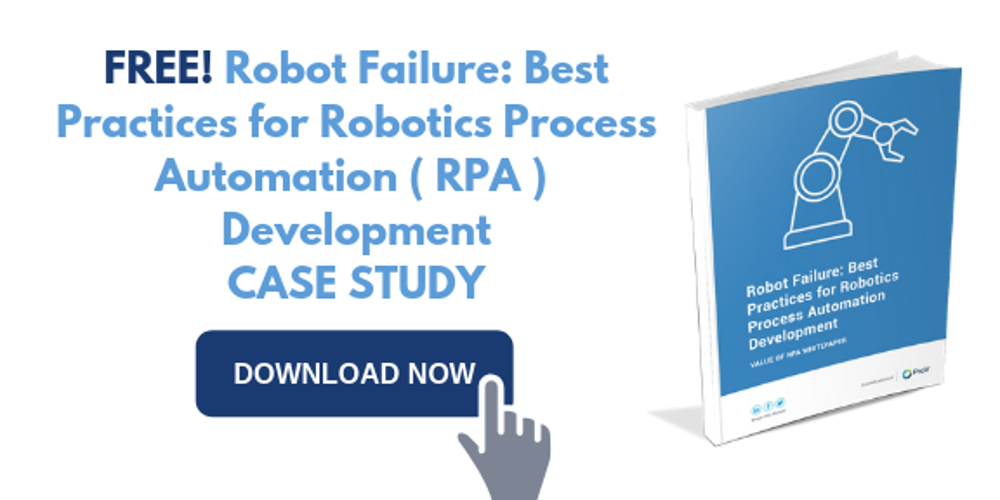Hyper-automation, as the name suggests, is a very focused form of automation using advanced tools that negate the need for human input. The reduction of human use while simultaneously maximizing their capabilities is the main idea behind this as suggested by Gartner.
The three basic components that form the basis of hyper-automation are:
- Digitization: this essentially involves the digital conversion of every process. In business, this would mean that the transmission of activities would all be transmitted digitally and stored digitally as well.
- Connectivity: the core element of this concept is, of course, the internet. The Internet has allowed businesses to link with each other across international and national boundaries. This is one such aspect that to a very great extent has become the main driving force for the majority of new-age businesses, for example, mobile applications and social media.
- Artificial Intelligence: the concept points at the development of a computer system that would be able to perform menial tasks usually performed by humans. Voice recognition, translation, and automation of wide-scale production processes all are examples of Artificial Intelligence.
What is RPA?
RPA is a very important concept for hyper-automation. It involves a software robot that performs tasks that are not exactly complex in nature and are more repetitive. RPA is the core that allows hyper-automation to be successful. RPA speeds up the processes for hyper-automation and facilitates it in better execution of tasks.
RPA has the potential of mimicking the tasks done by humans. They can move and store files, and extract the information required. They are a useful tool when it comes to the organization of information and streamlining the data to better assist businesses in decision making.
Benefits of Hyper-automation:
- The automation of processes increases productivity and reduces the chances of error.
- It motivates employees and makes their jobs more satisfying.
- It helps train the workforce.
- It helps to reduce risk as the business is better able to see its condition more accurately.
- It also helps in bringing teams closer to each other.
Automation is not meant to replace human labor, but enhance the work that human beings are able to do. Automation will lead to human enjoying the work that they do and enhance their productivity.
Conclusion
Hyper-automation is undoubtedly the face of the modern age business. It is one reality that businesses cannot ignore and if they want to remain competitive they have to adopt these strategies. It is recommended that businesses should adopt those hyper-automation tools that they know for sure will benefit their business model.
Read enough to understand how to start your RPA journey? Ask for a FREE Consultation today!

